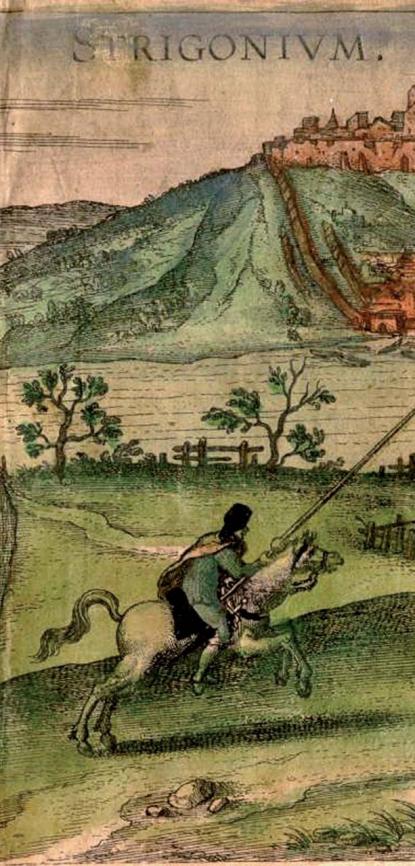2024. April 27. Saturday
Hungarian National Museum - Esztergom
|
|
Address: 2500, Esztergom Szt. István tér 1.
Phone number: (33) 415-986
E-mail: varmegom@invitel.hu
Opening hours: 01.11-31.III.: Tue-Sun 10-16, 01.04-31.10: Tue-Sun 10-18
|
The exhibition has closed for visitors.
2011.07.21. - 2011.08.21.
Museum tickets, service costs:
|
Ticket for adults
|
900 HUF
|
/ capita
|
|
Ticket for students
|
450 HUF
|
/ capita
|
|
Ticket for pensioners
|
450 HUF
|
/ capita
|
|
Ticket for families
|
1600 HUF
|
/ family
|
|
Guide
|
3200 HUF
|
|
|
Photography
|
1600 HUF
|
|
|
Video
|
3200 HUF
|
The Government of Hungary announced the project to preserve built heritage and passing on spiritual traditions in 1998. The National Heritage Programme is now available for Hungarian communities living outside of Hungary.

The objective of financial and professional support the Hungarian State was to provide for professional maintenance, reconstruction, conservation, and where necessary utilisation. The State of Hungary announced applications for providing for financial support for excavation of built and archaeological heritages, their research, documentation, reconstruction and restoration. Applications were available until 2003. At some locations, the applications supported not only the maintenance, reconstruction etc of the buildings, but also provided for preserving cultural heritage, the roots of a certain community. In the past ten years, including the reconstruction works in Gyulafehérvár in 2009-2010, the Hungarian Government spent 1,5 billion forint on the project.
On one hand, support from the mother country, with professional present, research done together, reconstruction works, creating jobs furthered employment of locals; on the other hand, they enforced heritage-consciousness. In addition to taking on some of the expenses, local communities were positively influenced by contacting various sources for requesting financial support from them to their projects. The Ministry of Culture urged bilateral cooperation, professional agreements for availability of local sources. In some of the cases, in fact, sparsely, Hungarian communities were supported by ‘their own lot’. Documents about local researches, the state of reconstructed sites mirror all the love, professional attitude, the trust of representatives in one another cross-border cooperation without which so much of the treasures would not have been discovered. An important result of the program is that, differently though, professional communities were formed and strengthened in neighbouring countries. Their work now plays important role in Hungarian heritage preserving.
The goal of the exhibition is to review the results and experience of the program, to give an account of and show the most important reconstructions supported by the State of Hungary, and also to provide for professional base for the works to be continued.

The objective of financial and professional support the Hungarian State was to provide for professional maintenance, reconstruction, conservation, and where necessary utilisation. The State of Hungary announced applications for providing for financial support for excavation of built and archaeological heritages, their research, documentation, reconstruction and restoration. Applications were available until 2003. At some locations, the applications supported not only the maintenance, reconstruction etc of the buildings, but also provided for preserving cultural heritage, the roots of a certain community. In the past ten years, including the reconstruction works in Gyulafehérvár in 2009-2010, the Hungarian Government spent 1,5 billion forint on the project.
On one hand, support from the mother country, with professional present, research done together, reconstruction works, creating jobs furthered employment of locals; on the other hand, they enforced heritage-consciousness. In addition to taking on some of the expenses, local communities were positively influenced by contacting various sources for requesting financial support from them to their projects. The Ministry of Culture urged bilateral cooperation, professional agreements for availability of local sources. In some of the cases, in fact, sparsely, Hungarian communities were supported by ‘their own lot’. Documents about local researches, the state of reconstructed sites mirror all the love, professional attitude, the trust of representatives in one another cross-border cooperation without which so much of the treasures would not have been discovered. An important result of the program is that, differently though, professional communities were formed and strengthened in neighbouring countries. Their work now plays important role in Hungarian heritage preserving.
The goal of the exhibition is to review the results and experience of the program, to give an account of and show the most important reconstructions supported by the State of Hungary, and also to provide for professional base for the works to be continued.
